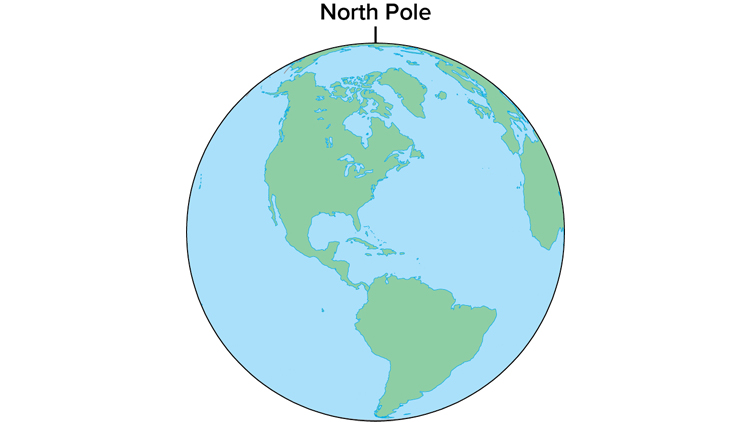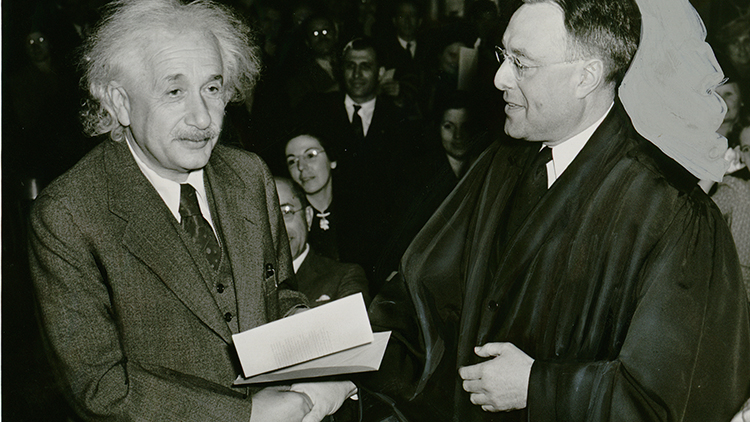
Imagine you’re in a race. You need to pass through obstacles. You need to get through freezing weather. You want to be first. Once you are there, you want to prove you made it. You could plant a flag. But what if the place you are trying to prove you have been to is always moving? If you plant a flag, it will move to the wrong place. That was the problem for people trying to prove they had been to the North Pole first.

The Earth spins around its axis [an imaginary line drawn through the center of the Earth]. The northern end of its axis is the North Pole. It is a bitterly cold area. It is in the Arctic Ocean and covered by a large, floating sheet of ice. Many people died trying to reach the North Pole. In 1909 a man named Robert Peary set off for the North Pole. He returned, claiming that he had made it. However, as he was returning to the United States, someone else claimed they had already been there.

Frederick Cook had been on several expeditions with Robert Peary. They had been friends. Then they became rivals. He set off to journey to the North Pole in 1908. He had been missing. Now, he returned and claimed he had been to the North Pole before Peary. Peary accused him of lying.
Scientific authorities examine equipment and important records from a journey. Then use these to decide if a claim is true. Cook said he had sent his notes back from the Arctic Ocean with someone. But they were never found. Cook never successfully proved his claim. Peary provided his equipment and records. The National Geographic Society declared that they were valid. Peary was close friends with many people in the National Geographic Society. A 1910 investigation by Congress found that they had shown prejudice in his favor. However, many credited Peary to be the first person to reach the North Pole.
Over the years, Peary’s accomplishment were questioned. Then, in 1988, a careful examination of his records proved Peary could not have reached the North Pole. His navigation techniques and his reported speeds would have made it impossible. Peary was not the first person to reach the North Pole either.
So, who was the first person on the North Pole? In 1926, Norwegian explorer Roald Amundsen crossed the North Pole in an airship. In 1958 and 1959, two US nuclear submarines visited the North Pole. The first successful surface trip to the North Pole was not until 1968. A team led by Ralph Plaisted took snowmobiles to the North Pole. They were airlifted off.
What Do You Think Why do you think it’s important to have evidence for claims that you make?
Photo Credit: [top]Library of Congress Prints and Photographs Division [LC-DIG-ggbain-04200]; [bottom]Library of Congress Prints and Photographs Division [LC-USZ62-127912]



